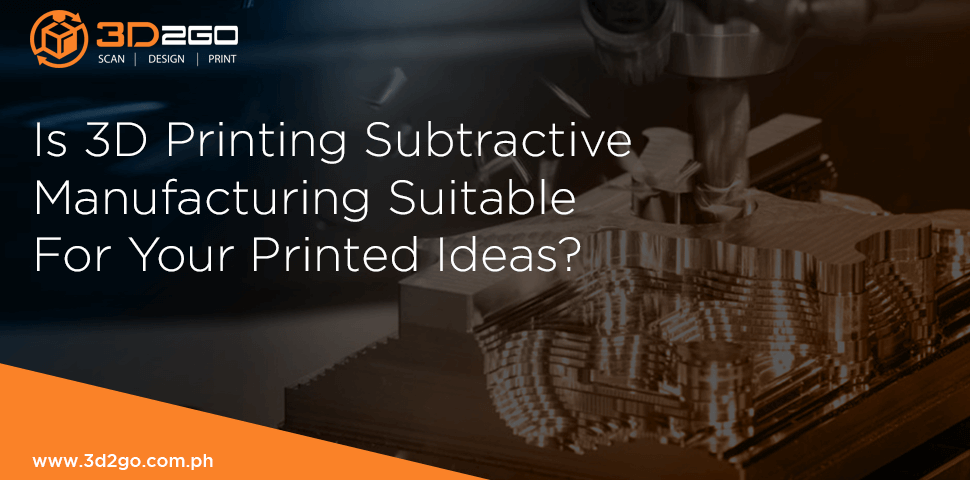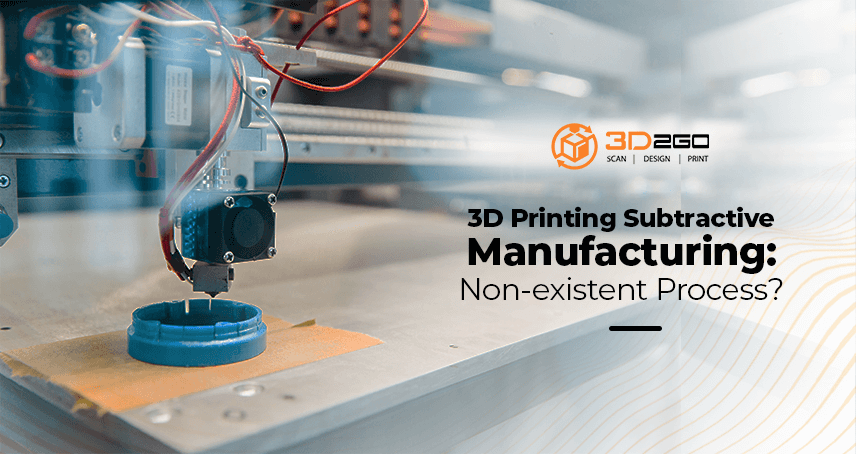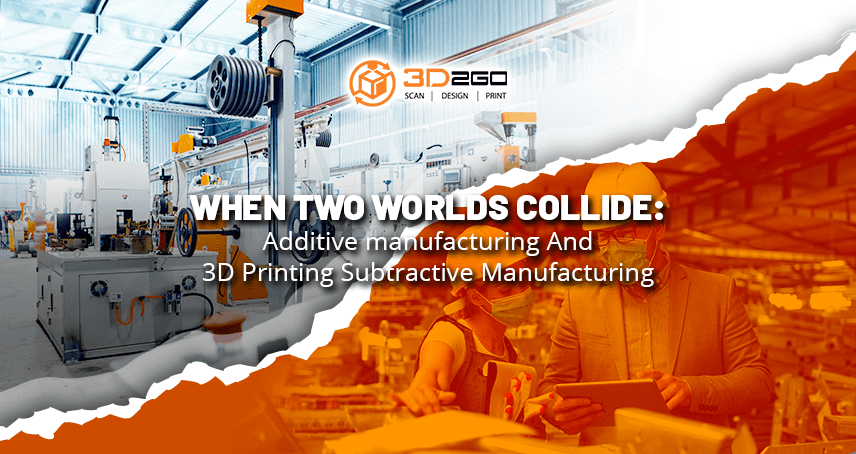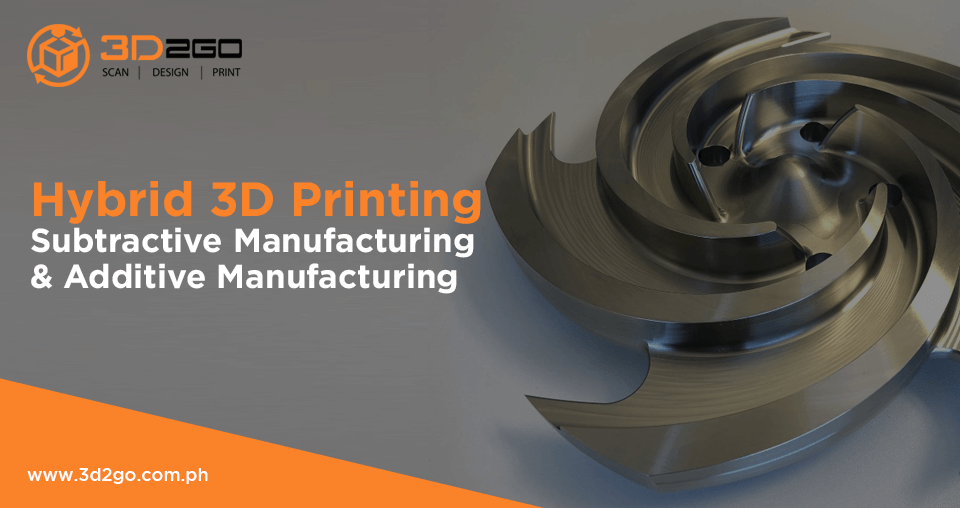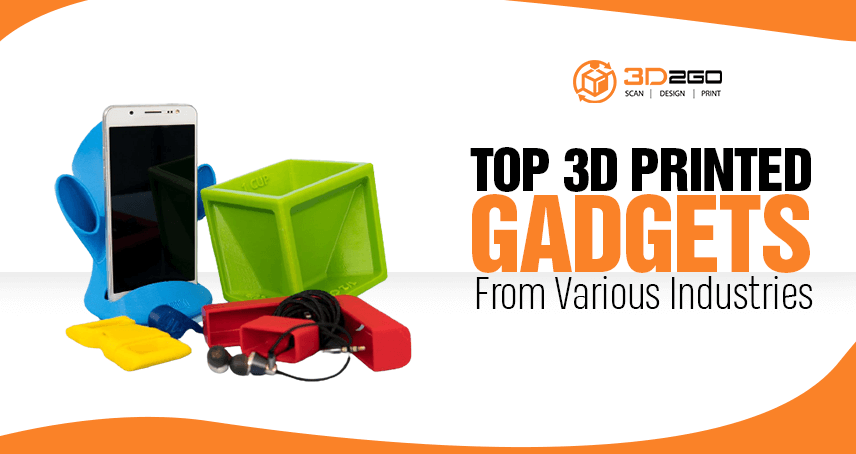
Top 3D Printed Gadgets From Various Industries
May 20, 2022
Give the Most Unique 3D-Printed Gifts to Any Family
May 21, 20223d printing vs additive manufacturing
The main difference is that 3D printing specifically involves the creation of objects by building layers of material. On the other hand, additive manufacturing involves the creation of objects by adding material, which may or may not come in layers.
The term “additive manufacturing” refers to the creation of objects by “adding” material. This is why 3D printing is a form of additive manufacturing.
When an object is created by adding material, it’s considered additive manufacturing. Like 3D printing, additive manufacturing typically requires the use of a machine as well as CAD software. The machine follows the instructions from the CAD software to build the desired object by adding material.
CAD made the revisions easier and quicker. The production speed and turnaround time of the drafting process are impressive. The software also made industries achieve higher degrees of accuracy in their designs.
With CAD, architects and engineers may offer internal object placement to their clients. They could easily show the interior of a structure. It also lets them render 3D models and previews of projects.
Over the years, CAD has proven to be of great advantage.
Scope of errors from architects and engineers are much lower compared to using the traditional way of drawing. Files are easily edited and printed whenever required. Parts of the drawing can also be mass-produced for future uses. CAD templates save time by providing all information needed. Lastly, CAD is more accurate for it provides a mini version of the complete structure.
Architects and engineers could now focus on other things such as what materials are more stable for the structure. They could work on the safety measures needed before and after construction. They have less to worry about as CAD ensures the accuracy of all information.
With all these advantages, the finished product would be able to meet the expectations of its stability as a well-structured building.
Another feature is the animation CAD offers. It adds life and color to the prototypes, making them fun and interactive for virtual tours.
additive vs subtractive manufacturing
Subtractive manufacturing is the complete opposite of additive manufacturing. If in additive, you literally add materials to create, subtractive is cutting away materials.
Subtractive manufacturing is a process by which 3D objects are constructed by successively cutting material away from a solid block of material. This can be done by manually cutting the material. This is most done with a CNC Machine.
Advanced CNC machines utilize multiple tools and cut around at least three (x, y, and z) axes. As a result, it minimizes the requirement for designers to flip the block. One of the advantages of subtractive manufacturing is the ability to machine an extremely thin piece of plastic into a living hinge. This kind of process is not yet possible with a 3D printer. For those prototypes that require living hinge components, it is useful to produce certain parts using additive manufacturing while using the CNC machine.
Does the additive process work well with subtractive manufacturing?
As said earlier, both processes are entirely different from one another. But they more or less work well side by side.
When deciding which manufacturing method to use, there are four broad considerations that will help inform your decision:
- Material selection
- Part quantity
- Part geometry
- Project schedule and part revisions
In assessing these considerations you’ll have a better understanding of your project requirements.
Still not sure which will point you toward the best tools for the job?
Get in touch with us by sending us files in .obj or .stil format in our email address management@my3d.com.ph. You can also reach us through our Facebook and Instagram pages today!


